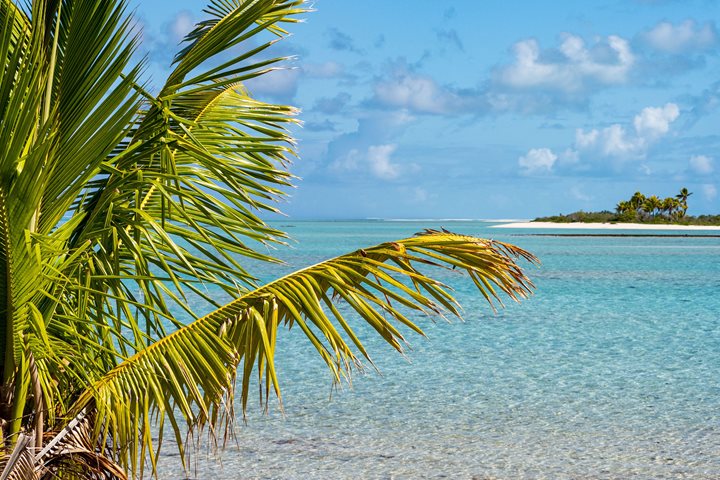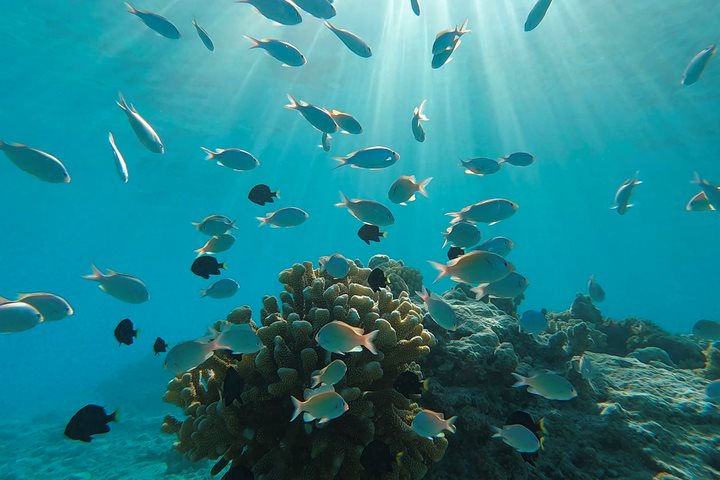The wind would not deter us from landing on the southernmost inhabited Marquesan Island: Fatu Hiva.
Early in the morning, we dropped off the birders in Omoa for their trek into the forest. They were in search of one of the world’s most critically endangered birds, the Fatu Hiva monarch. The rest of us proceeded to Hanavave for a hike, a town visit, and a dance performance.
It would be hard to overstate the beauty of Hanavave. The valley opening, where we arrived from the sea, is a maze of rock towers, flowering plants, and coconut palms. The main road through town follows the contours of rock, sometimes next to vertical cliffs. Then it rises sharply, which opens a fantastic view back across the valley. With topography this extreme, it’s hard to believe that Fatu Hiva has any roads at all.
The waterfall hike took us into thick forest and across slippery terrain. We finally made it to an oasis of freshwater at the base of an enormous cliff, complete with a cascade of water running down. Some of us swam. All of us admired the secluded and beautiful atmosphere.
Back in town, dancers began a performance surrounded by tables of art and sculpture created by the community here. Tapa cloth, which is a specialty of Fatu Hiva, was displayed.
At morning’s end, the birders arrived in their pickup trucks from a trek across the island. After climbing steep slopes with the help of a few ropes, they found the rare bird. There are only sixteen Fatu Hiva monarchs left on the planet. Today, our group saw three of them: a male, a female, and a chick. That one fuzzy chick–nicknamed “Dustbunny” by the researchers who watch over it–represents a flicker of hope for this species as it fights for survival.
The bay was too lovely to leave, so we stayed for the rest of the day to snorkel and cruise the coastline in Zodiacs.







